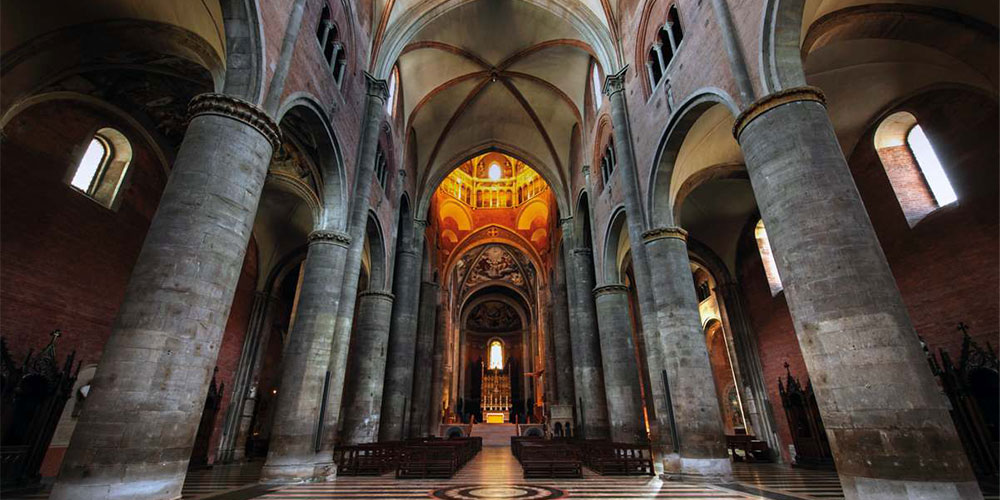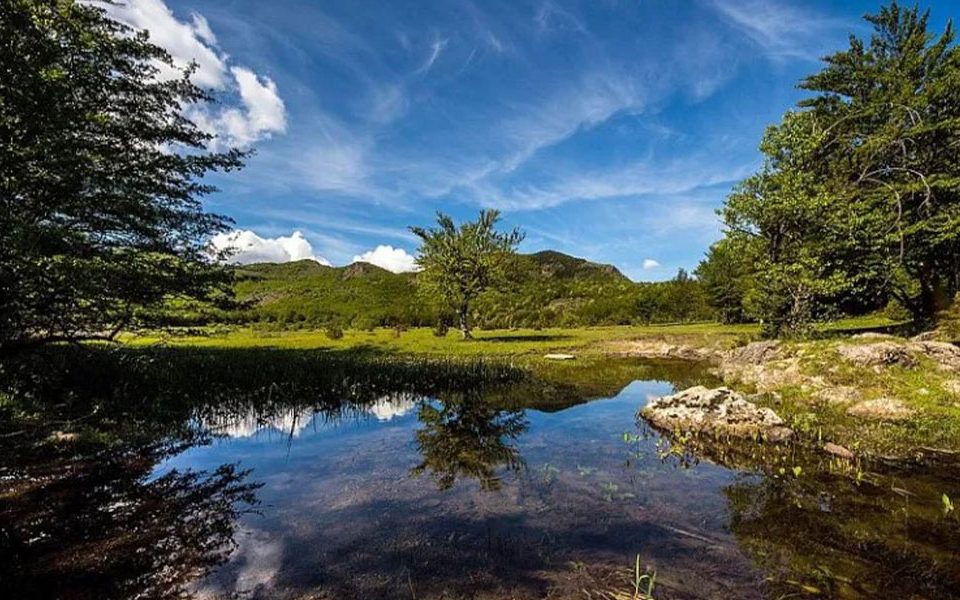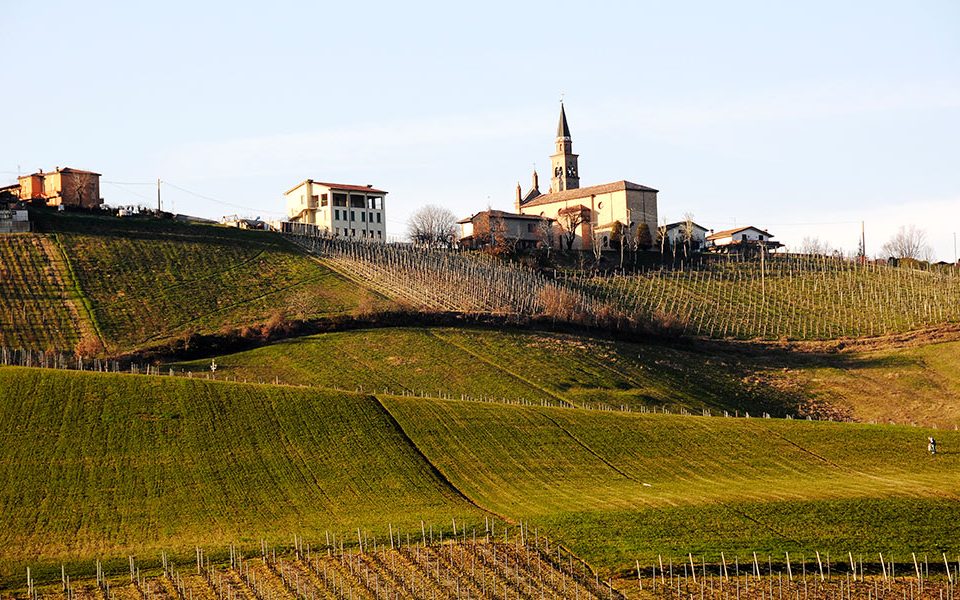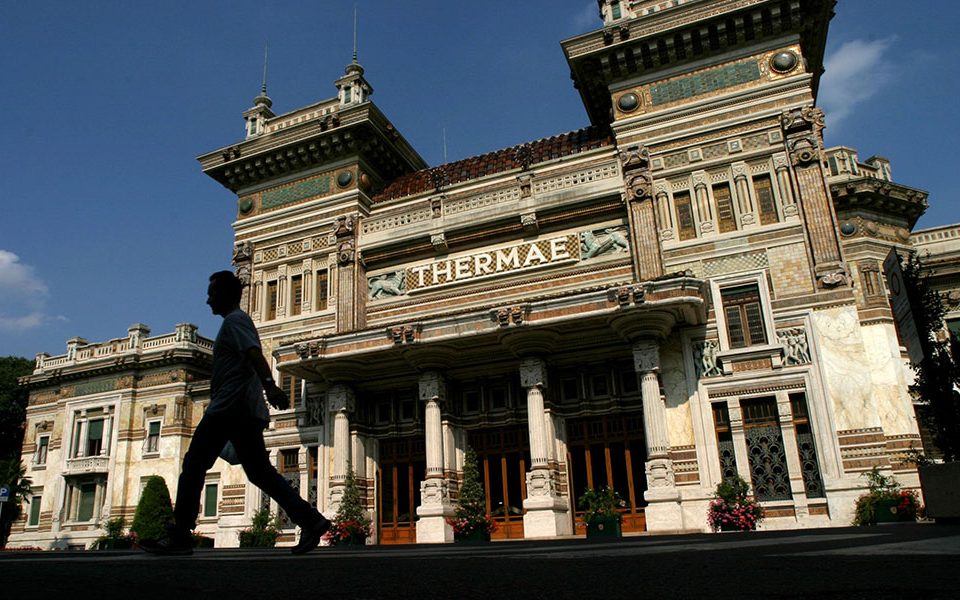Piacenza city
Malvasia in the territory of Piacenza
Piacenza, Italy
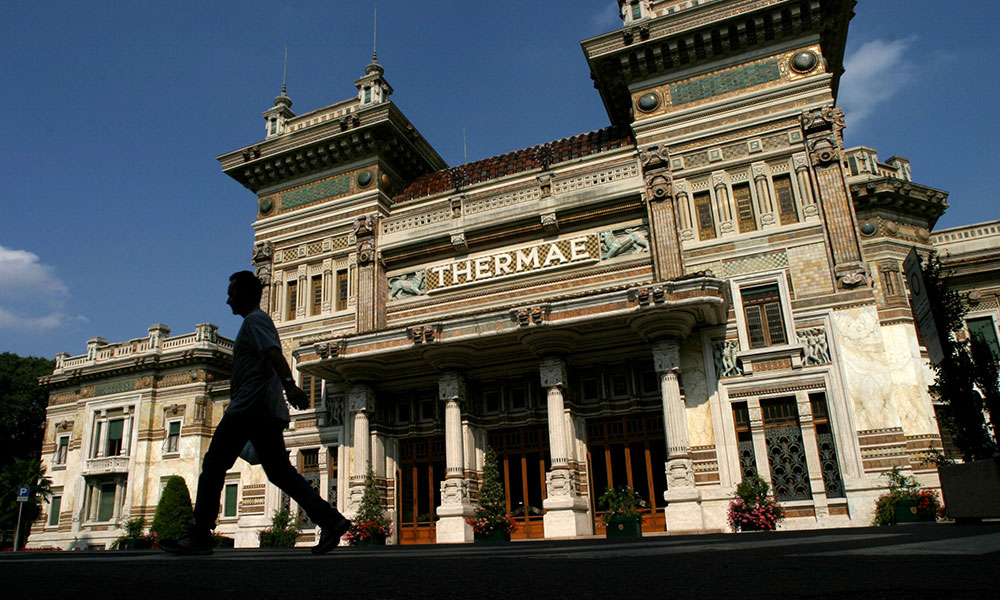
The Piacenza route winds its way from the Parma one starting from the Stirone valley to cross the four major valleys with wine producing hills (Arda, Nure, Trebbia, Tidone), quite in agreement with what Virgil had predicted in the Georgics: amenos Baccus amat colles (Bacchus loves the pleasant hills), the best wine comes from pleasant and sunny hills. In addition to visiting the illustrious Castelli del Ducato circuit castles, extensively present in the Parma area as well, you will discover ancient churches in reclude places, palaces with lodges overlooking a natural landscape, museum collections and Works of art that make up the human landscape and the natural setting. The Via Francigena pilgrimage road can also be traced in the Piacenza area, as it unwinds in parallel carriageways in the Val d'Arda, the Via degli Abati (Abbots Road) from Bobbio up to the Val di Tolla, the Via dell'Olio (Oil Road) which from Ponte dell'Olio climbed up to the Fontanabuona and it was traveled every week by caravans of mules carrying grain and flax and bringing back oil and soap.
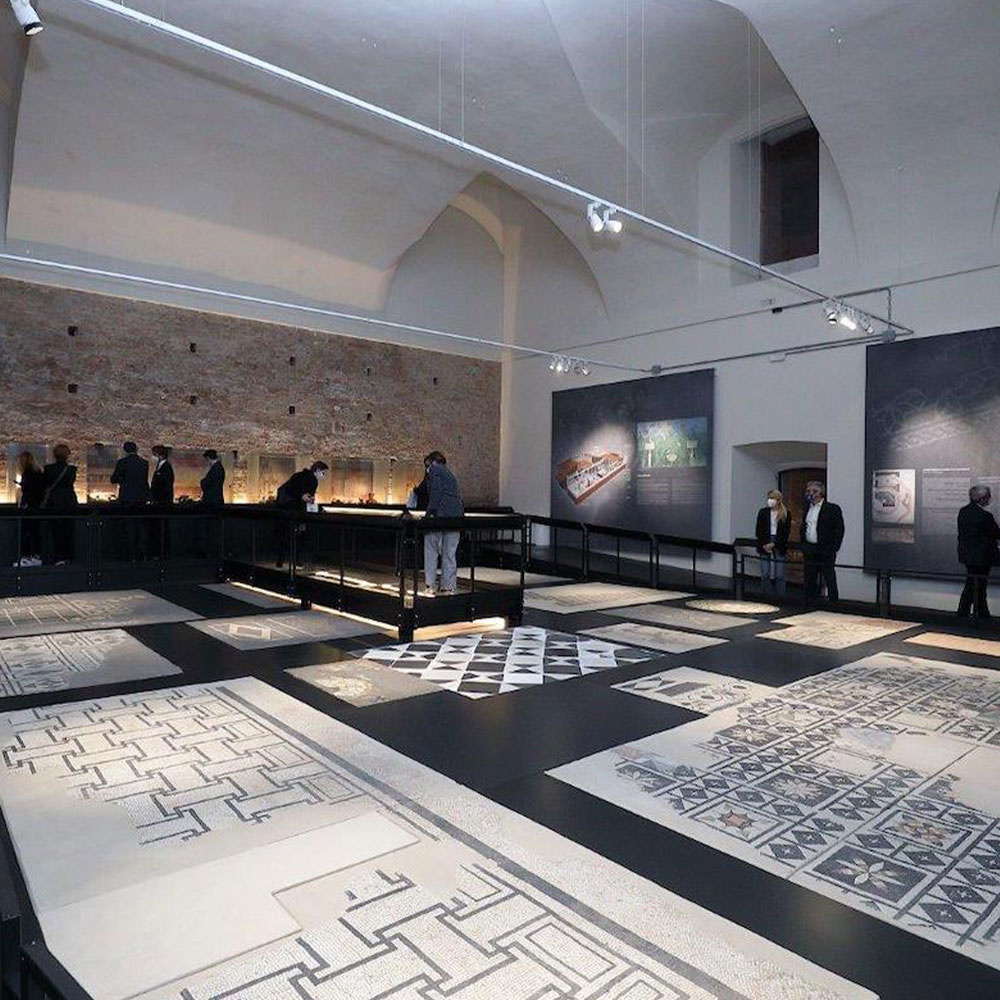
1.Piacenza city
Piacenza, like all Po valley cities, has distant origins, in the pre-Roman settlements of Ligurian, Celtic and Etruscan populations. The city of Placentia was founded in 218 BC. C. by veterans and Roman colonists who gradually made it prosper, until it became a Municipium (municipal city) and obtained administrative autonomy.
The Roman history of the Republican and Imperial era are attested in the recent exhibits of the Archaeological Museum at the Renaissance Palazzo Farnese, which houses various collections: Fasti Farnesiani (the glory of the Farnese dinasty), Pinacoteque, Carriages, Risorgimento collection; on the top floor there is the State Archive with seven kilometers of shelves containing ancient archives.
Other important museum centers are the Alberoni Gallery, the Ricci Oddi Modern Art Gallery, the Kronos ecclesiastical museums of the Cathedral and Sant’Antonino Basilica, the Gazzola Museum.
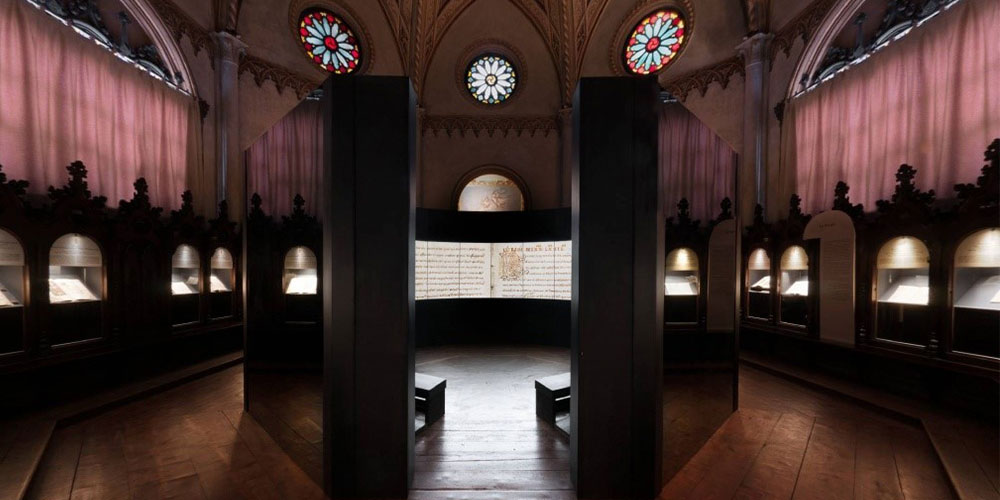
In addition to the medieval churches, we find churches of the XVI century and about forty sumptuous palaces from the Baroque era, remarkably rich in paintings and sculptures.
